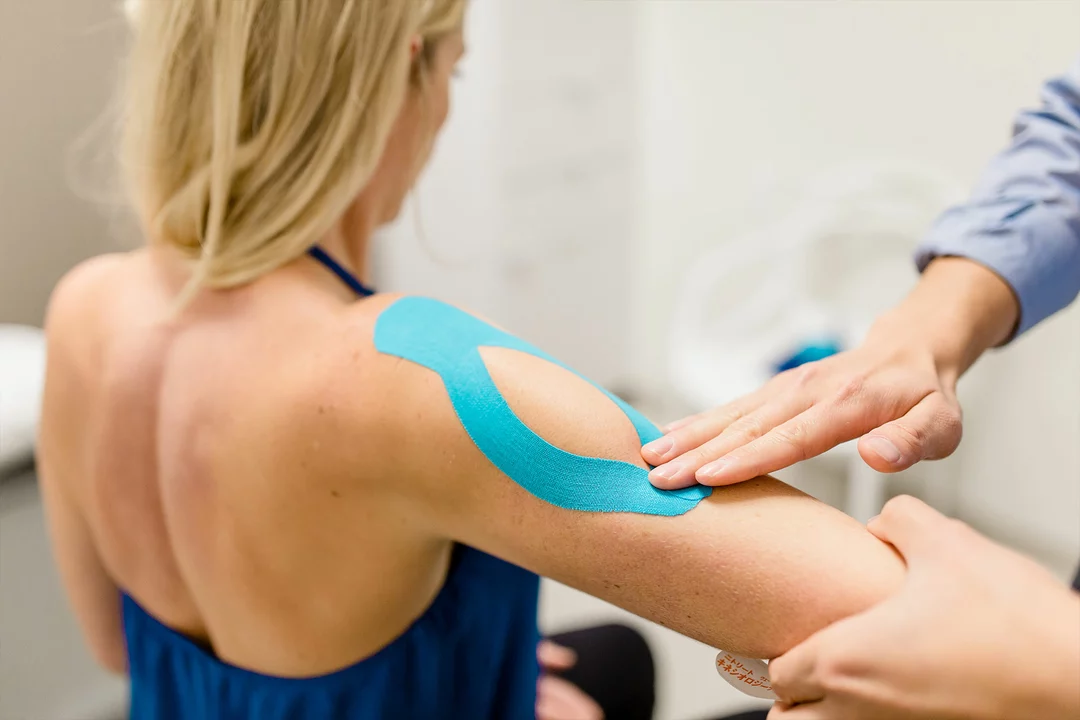Tendonitis Recovery: Simple Steps to Get Back Moving Fast
If your tendon’s acting up, you’re not alone. Tendonitis pops up from overuse, sudden spikes in activity, or just plain bad form. The good news? Most cases get better with the right mix of rest, smart moves, and a bit of self‑care.
Rest Smart, Not Stale
The first instinct is to stop using the painful joint – and that’s right, but you don’t have to go full couch. Give the tendon a break from the activity that hurt it, then gradually reintroduce light motion. A 48‑hour pause followed by gentle range‑of‑motion exercises keeps blood flowing without stressing the tissue.
Ice, Compression, Elevation (ICE) – The Triple Threat
Cold is your friend for the first 24‑72 hours. Wrap a bag of frozen peas in a thin towel and apply it for 15‑20 minutes every two hours. It reduces swelling and numbs pain. Pair ice with a snug compression bandage (not too tight) to limit fluid buildup, and if the tendon is on your lower leg or arm, elevate it above heart level when you’re sitting.
Beyond the first few days, swap ice for heat before activity – a warm shower or heating pad loosens up the tissue and prepares it for movement. Just don’t overdo it; 10‑15 minutes is plenty.
Gentle Stretching & Strengthening
When pain eases, start static stretches that hold the muscle-tendon unit for 20‑30 seconds. For Achilles tendonitis, calf stretches against a wall work wonders. Follow with eccentric exercises – think slow, controlled lowering phases. Eccentric loading has solid research backing it for patellar and elbow tendonitis.
Keep the reps low (8‑12) and focus on perfect form. If you feel sharp pain, back off; mild soreness is okay but stabbing discomfort means you’re overreaching.
Nutrition & Hydration Boost Healing
Your body needs building blocks to repair collagen. Protein‑rich foods like chicken, beans, and Greek yogurt give the amino acids tendons crave. Add vitamin C (citrus, berries) for collagen synthesis and omega‑3s (salmon, walnuts) to tame inflammation.
Staying hydrated helps maintain tissue elasticity. Aim for at least 2 liters of water daily, more if you’re training hard or it’s hot outside.
When to Call a Pro
If pain lasts beyond two weeks, gets worse with activity, or you notice swelling that won’t shrink, see a physiotherapist or sports doctor. They can pinpoint the exact tendon involved, recommend targeted manual therapy, and set up a rehab plan tailored to your sport or daily routine.
In some cases, a short course of non‑steroidal anti‑inflammatory drugs (NSAIDs) eases pain, but they’re not a fix for the underlying issue. Use them sparingly and under medical advice.
Stay Consistent, Track Progress
Recovery is a marathon, not a sprint. Keep a simple log: note daily pain levels, what exercises you did, and any swelling. Over weeks, you’ll see the numbers drop – that’s your cue to gradually increase intensity.
Remember, tendonitis isn’t a sign of weakness; it’s a signal that something needs adjusting. With smart rest, ice, proper movement, good food, and professional guidance when needed, you’ll be back to your favorite activities without the nagging ache.

As someone who has suffered from tendonitis, I can personally vouch for the benefits of hydrotherapy in aiding recovery. The warm water not only helps to soothe the affected area, but also increases blood flow, which in turn speeds up the healing process. The buoyancy of water takes some weight off the painful tendons, allowing for gentle, low-impact exercises that help to maintain muscle strength and flexibility without causing further damage. Plus, hydrotherapy sessions provide an opportunity for relaxation, which is essential for both physical and mental wellbeing during the recovery process. Overall, I highly recommend giving hydrotherapy a try if you're battling tendonitis - it's been a game-changer for me!
Read More